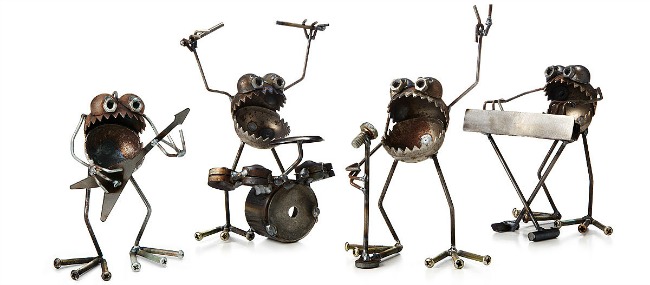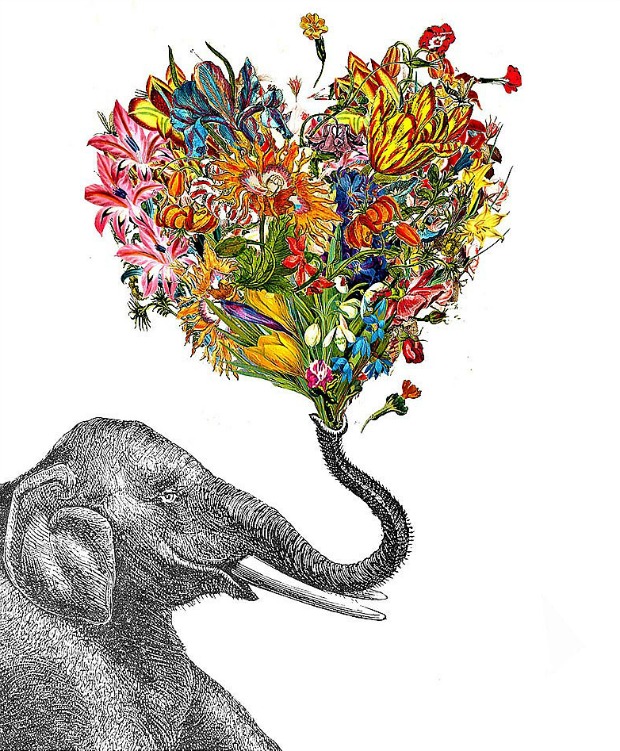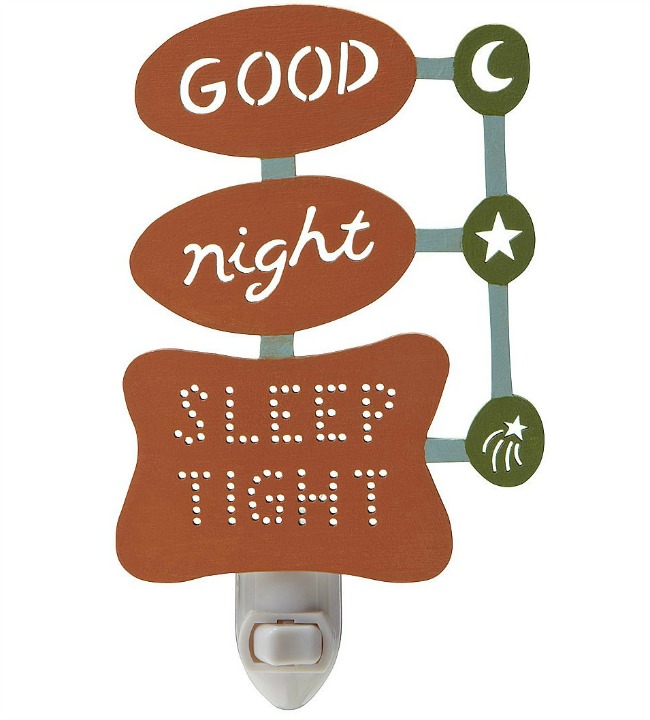
Ever since The Great Millennial Bed Bug Resurgence, it’s hard not to feel a rush of panic sweep over you when someone suggests that you “Sleep tight, don’t let the bed bugs bite.” Bed bugs?! Really? How am I supposed to sleep now? However, once you get past the threat of tiny vermin that eat you during your REM cycle, you have to wonder about the whole “sleep tight” business. Have you been sleeping loosely all these years and didn’t know it? Continue Reading…
Anyone who has asked to speak to a human when trying to pay a phone bill or set up cable knows that being on hold can be a mentally trying task. What makes it even worse? The lilting Muzak that sounds vaguely like something your dentist played during your most recent root canal. Cue dental nightmare flashbacks.
While hold music is a fact of life now, back in 1962, Albert Levy filed a patent for that very same musical mainstay that grinds your gears today. How’d he come up with it? Albert noticed that incoming calls to businesses were often coming in faster than the switchboard operators could address them. He wanted to give callers something to pass the time, but he wasn’t sure what.
Then, Albert’s factory outside New York City had a problem with its phone service. When a loose wire touched a steel girder, the steel acted as an antenna and picked up the signal from a local radio station. The wire tapped into the audio, relaying the music to anyone who was on hold. Turns out, his customers loved it and applauded his entertaining efforts. This happy accident turned into a patent and the future of waiting to speak to your student loan officer was changed forever.
Heavy Metal Rock Band | $48.00
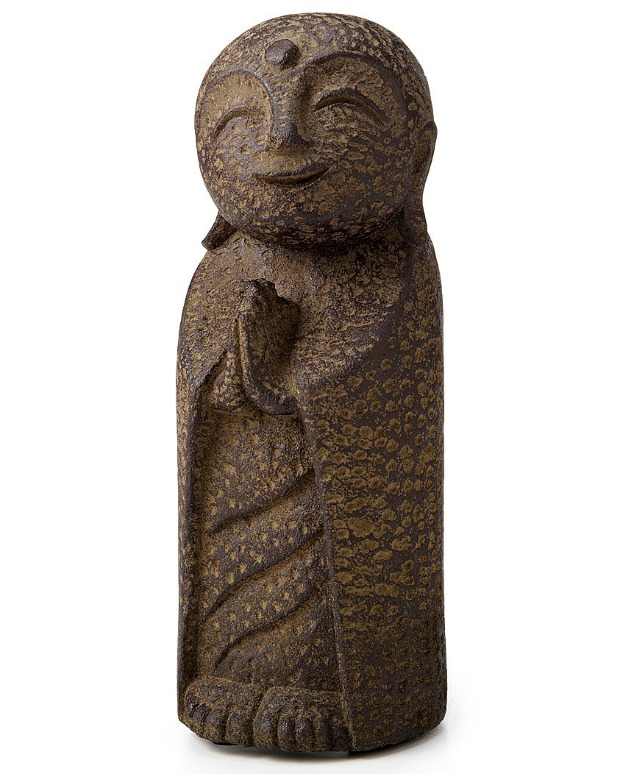
According to a 2012 study, all that “say cheese” business can actually give you a happier outlook. Researchers trained 169 university students to hold chopsticks in their mouths in such a way that they’d force particular facial expressions—one neutral, one a standard forced smile with just the upturned mouth, and one a genuine smile with the addition of crinkled eyes.
Once the participants learned their expressions, they were asked to perform some modestly stressful tasks. One task required them to trace a star with their non-dominant hand while looking at their reflection in the mirror. If the image of 169 students tracing stars with chopsticks in their mouths doesn’t make you smile, the research outcome should—the subjects with both genuine and “forced” smiles had lower heart rates than those with the neutral expression, meaning they were less stressed. So go ahead, smile through those tax returns and trips to the DMV—it might help!
Smiling Jizo Garden Sculpture | $28.00
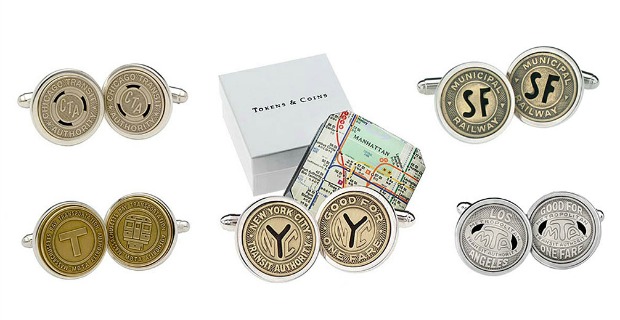 Retired NYC subway cars have to go somewhere. From August 2001-April 2010, the NYC Metropolitan Transit Authority sent 2,500 retired cars to New Jersey, Delaware, Maryland, Virginia, South Carolina, and Georgia. The cars were stripped and decontaminated before being dropped into the ocean to serve as homes for the many species of fish and crustaceans that could colonize the structures—think a coral reef made out of subways. Underwater photos have shown that the new structures are thriving. They provide thousands of square feet for invertebrates like blue mussels to live on, along with food and shelter to slower fish that might need to duck into safety from a predator. Now if only we could figure out what fish rush hour is like?
Retired NYC subway cars have to go somewhere. From August 2001-April 2010, the NYC Metropolitan Transit Authority sent 2,500 retired cars to New Jersey, Delaware, Maryland, Virginia, South Carolina, and Georgia. The cars were stripped and decontaminated before being dropped into the ocean to serve as homes for the many species of fish and crustaceans that could colonize the structures—think a coral reef made out of subways. Underwater photos have shown that the new structures are thriving. They provide thousands of square feet for invertebrates like blue mussels to live on, along with food and shelter to slower fish that might need to duck into safety from a predator. Now if only we could figure out what fish rush hour is like?
Subway Token Cufflinks | $170.00
So romantic. Welcome to the Valentine’s Day edition of Uncommon Knowledge—a place where we can talk about all the romantic things animals do for each other. For one, sea otters hold hands when they sleep. They do this mostly so they don’t drift away from their pals while they snooze on their backs in the water, but the result is true intimacy.
Another romantic gesture? Penguins will propose to new mates with a pebble. Many penguins assemble their nests out of pebbles, so really, it’s a way of offering their beloved a promise to build a home with them. Maybe we can follow suit and start replacing engagement rings with a nice adjustable rate mortgage?
Brolgas cranes, like most cranes, are monogamous and will mate with the same partner every year, typically at the same nesting spot. However, the brolgas know a thing or two about keeping the romance alive—no matter how many years they’ve been together, the brolgas will still court their mate with an intricate mating dance. Ooh la la!
Okay, let’s do some rapid-fire romance: Ready for a puppy fact? Male puppies will intentionally let female puppies win when they play-fight so they can get to know them better. Like seahorses? They’re monogamous and will hold each other’s tails when traveling.
Ain’t love grand?
The Happy Elephant | $68.00 – 150.00
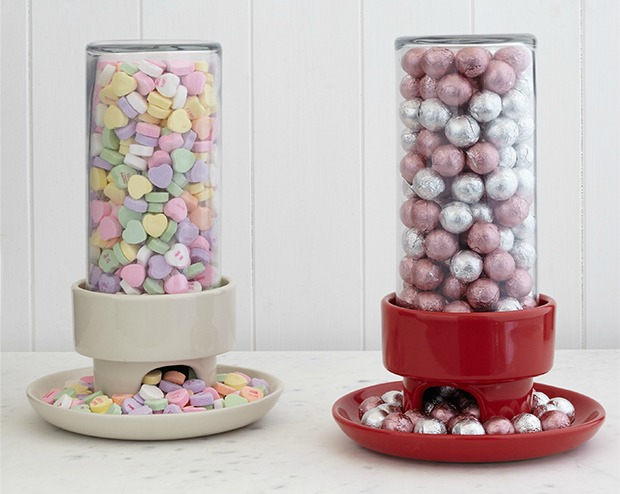
When you raise the price of a chocolate bar 3 cents? Super mad.
On April 25, 1947 in British Columbia, a group of kids walked down to Wigwam Café, their local candy shop, and were shocked and dismayed to find that the nickel they’d typically saved from their allowance would no longer buy them the chocolate they craved. Literally overnight, the shopkeepers had raised the price by 60%, making it a whopping 8 cents for a three-ounce candy bar.
Rather than take this injustice lying down, the kids ran home and scrawled signs professing the injustice. The strike had begun. Singing a catchy protest song (“We want a 5-cent chocolate bar/8 cents is going too darn far”) and carrying pithy signs (“Candy is dandy, but 8 cents isn’t handy!”), the little protesters marched up and down the street until almost all of the town’s kids had joined the “Chocolate Bar Strike.” The local paper snapped a picture and soon kids across Canada began picketing their own corner stores.
On April 30, 200 kids marched on the British Colombia capitol building, effectively shutting down government business for the day. All in all, 3,000 kids were said to have signed pledge cards stating that they’d boycott candy until the price went down. And their threats weren’t empty—candy sales went down 80%.
They almost won, too, but critics began to suggest that the National Federation of Youth, an organization with members affiliated with the Communist Party, had orchestrated the strike. There was no validity to these claims, but boycott had now been painted Red and parents forbade their kids from taking part. The price remained as it was, and to this day, the remaining kiddos (now grown) maintain that they’d only protested to let their voices be heard.
People Feeder | $38.00
 Quite the opposite, actually. Plants are extremely considerate of their siblings—other plants grown from the seeds of the same mother plant—and won’t compete with their brethren the way they would with non-related plants.
Quite the opposite, actually. Plants are extremely considerate of their siblings—other plants grown from the seeds of the same mother plant—and won’t compete with their brethren the way they would with non-related plants.
A study of more than 3,000 mustard seedlings found that chemical cues given off during root growth will alert the plant to their nearby family and will change the way the plants grow. Instead of rapidly growing their roots to take up as many nutrients as possible, plants that were growing near siblings developed a shallower root system and intertwined leaves so they’d all have an equal chance at survival. The jury’s still out on how plant siblings feel about each other during long car rides, when one is using the bathroom for too long, or after their parents tell them to share the last piece of cake.
Micro-Green Kits | $48.00
Some of them sure do. Take, for example, Boston’s Berkeley Building (also known as the Old John Hancock Building). Back in 1950, the Back Bay-area building was outfitted with a weather beacon so Bostonians could simply look up for a quick forecast. The beacon flashed both blue and red and was kept lit until 1973 when it was shut off to set an example during the energy crisis of that year. It was re-lit in 1983 and continues to display the weather for all who can crack the code. An easy way to remember the flashing signals: “Steady blue, clear view/Flashing blue, clouds due/Steady red, rain ahead/Flashing red, snow instead.” However, during the baseball season, flashing red spells something much more serious: The Red Sox game has been called off on account of weather. Oh, the horror!
The Northwestern Bank building in downtown Minneapolis was equally weather-savvy in its day. For 33 years – from 1949 until a fire destroyed the building in 1982 – the iconic Weather Ball perched atop it signaled the forecast to Minneapolitans up to 15 miles away, who decoded it via its own jingle. In 2013, a new, admittedly much less spectacular, rooftop “Weather Watcher” debuted not far from the original’s location.
A number of U.S. cities have had, or still have, weather balls and beacons. They’re quaint – unless you perceive them as forerunners of the super-smart buildings of the future.
Superstar | $80.00 – 170.00

